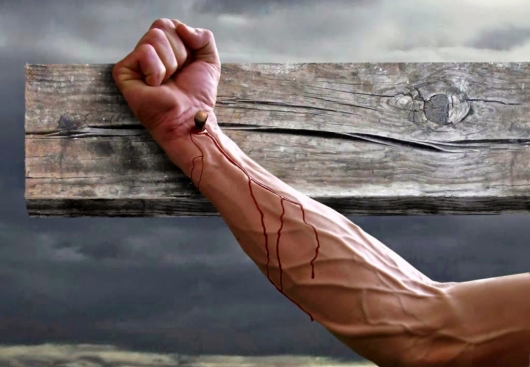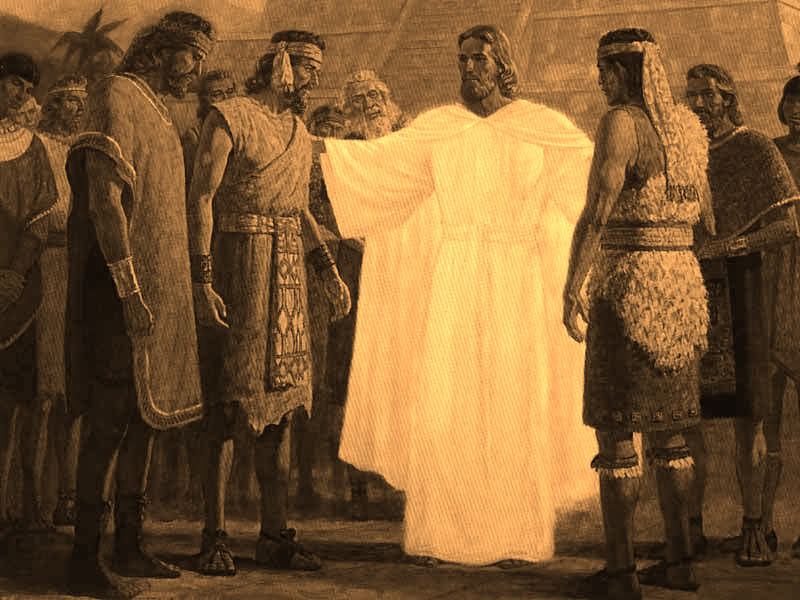Question
Dear Gramps,
While waiting in a hospital lobby today, I glanced through the March 2014 issue of “War Cry”, a magazine published by The Salvation Army. The picture on the cover shows what appears to be Christ reaching out to a young woman. Christ’s wrist has a wound on it. Are there other churches that teach that Christ had nails driven through his wrists? I always thought this was a unique LDS doctrine.
Robert
Answer
Dear Robert,
Archaeologists and historians are still in some dispute over whether crucified persons generally were tied to the cross or fastened by nails through either the hand or the wrist. Indisputably, our Lord was pierced as is attested in the gospels and by eye witnesses. As the practice of crucifixion fell out of favor, the knowledge of the particulars was lost from the public memory. By the middle ages, artwork of the crucifixion depicted the account as recorded in the Gospels – that is, Christ was nailed to the cross and carried the wound in his hands (see Luke 24:39-40, for instance). This tradition carried on until the 1930’s when Pierre Barbet crucified cadavers in the manner depicted in artwork. His conclusion was that the flesh and sinews of the hands could not bear the weight and proposed the wrist between the radius and ulna as a more practical placement of the nail (for more on Barbet’s thoughts on the mechanics of crucifixion, see Doctor at Calvary: The Passion of Our Lord Jesus as Described by a Surgeon by Pierre Barbet, 1953). This doesn’t contradict the historical record because The Greek word for hand (cheir) in describing the Lord’s pierced hands includes the wrists. Compare this with Acts 12:7 which uses the same word to describe Pete’s chained hands. I’ve never seen shackles on hands. They are typically placed on wrists.
More recently, Barbet’s opinion has been challenged, most notably by Frederick T. Zugibe (see Pierre Barbet Revisited for his rebuttal decades later). Unfortunately, the conversation is an argument from both sides to vindicate the spurious shroud of Turin. Among historians and archaeologists, the debate continues (as shown by The National Geographic). Since the mid-20th century, the world (and artists) has been given a different perspective on the details of crucifixion than the one held by former artists. As a result you will find modern depictions that show the traditional palm-piercing, as well as some that display a wrist-piercing.
While these studies can be very useful toward understanding the times in which our Lord lived and even in growing sympathies for the agony He suffered on the cross, disciples learn much more about Christ by being buried with Him in baptism, continuing on to receive the other saving ordinances, and obeying His commandments given through living oracles.
Gramps







